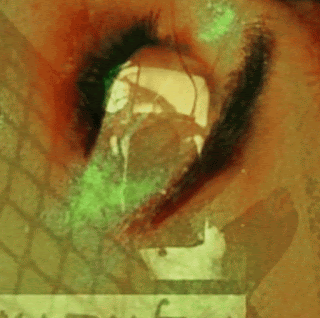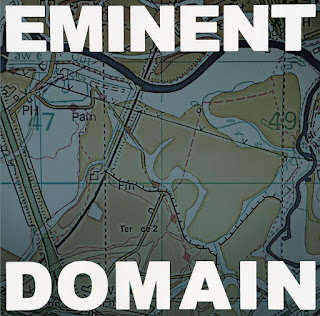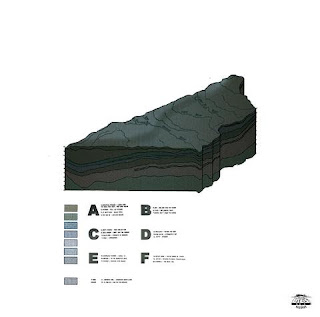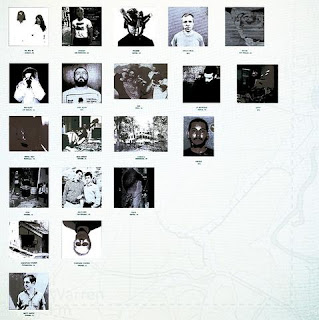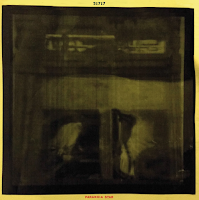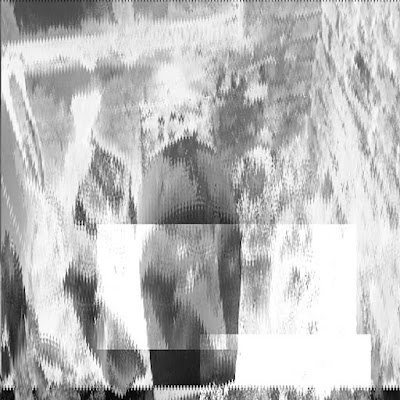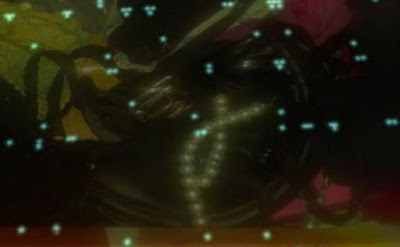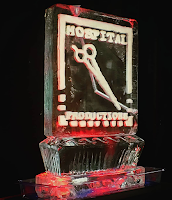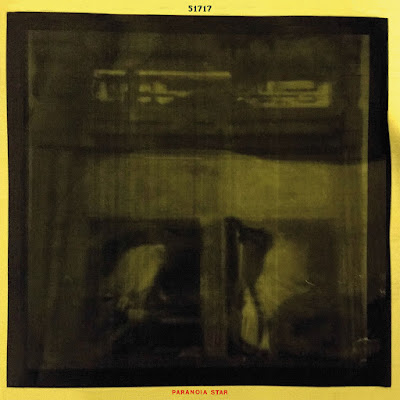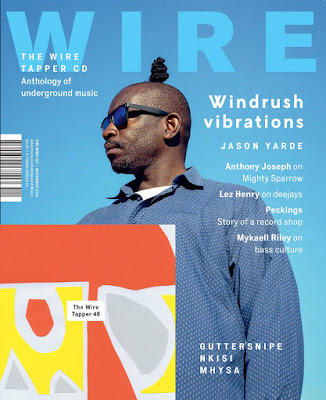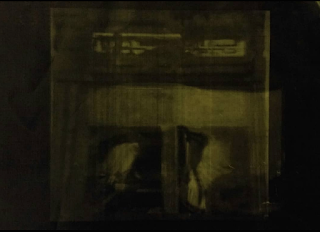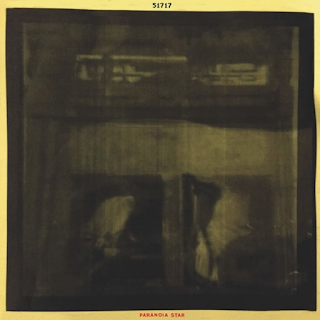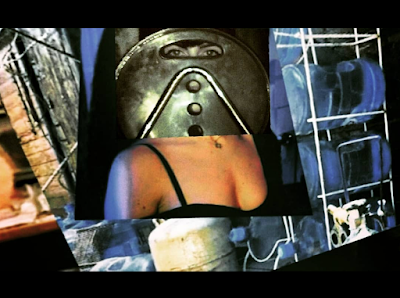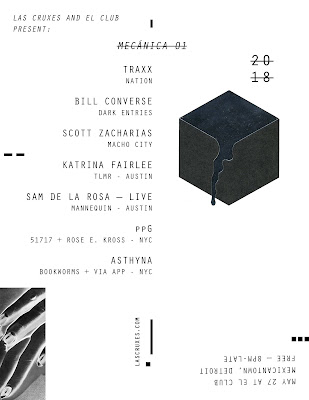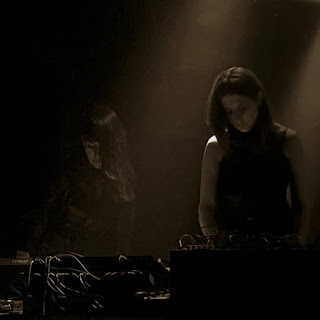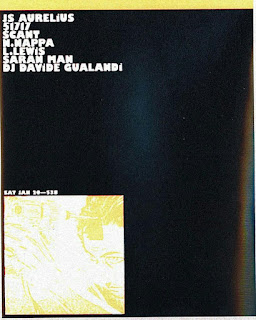


Saturday, June 9th, ISSUE is thrilled to present a rare U.S. performance from celebrated Paris-based Argentinian artist Horacio Vaggione, composer of electroacoustic and computer-assisted music and pioneer of micromontage, granular synthesis, and microsound. As early as the 1960s, Vaggione began coupling his compositional work with computation as a means of transposing digital concerns to the instrumental level. His music is characterized by lively, often violent colors, but also by subtle relationships that are set up between acoustic instruments and recorded or computer-generated elements. For Vaggione, composing is a process of generating veritable, unique events and articulating them within a multiplicity of timescales, scalable within ever-expanding digital environments. Vaggione parses through tense and often false dichotomies between multiplicitous and univocal sonic elements, with granular sound positioned and manipulated without the unity of the sound source being lost. His compositions concern morphology (the study of the forms of things) by building sturdy structures from these minute grains, bringing the ear to a sonic world made up of atoms forming and reforming in their cohesion. Here, a snare drum can be defined merely by the sharpness of its timbre -- the rubbing, bouncing, and multiphonic spread of its impact deconstructed and emphasized by software. Having not performed in New York in decades, at ISSUE Vaggione presents three recent works: PianoHertz (2012) and Mécanique des fluides (2015), both released on the 2017 empreintes DIGITALes CD Fluides, as well as the brand new work Timpani (2018). PianoHertz was composed from a collection of piano sounds that Vaggione played, recorded, and expanded digitally with the intention to foster the birth of multiple classes -- some retaining the dynamic traits of the original sounds while others representing radical mutations. Vaggione describes Mécanique des fluides as differentiating between laminar (smooth) sounds and turbulent (intermittent) sounds as a means of articulating associated levels of polyphonic activity within a conception of sound as fluid. Timpani has never been heard publicly. The evening opens with a performance from 51717, the intuitive language of New York-based artist Lili Schulder, presenting new work that explores themes of “Perfected Fear” described in the rabbinic literature of Genesis Rabbah, as well as the exorcism of anguish as it has become understood within Jewish Meditation and the interpretations of Reb Nachman of Bratslav. 51717 takes the droning and whispered sounds of the synagogue as a point of departure, interpreting Reb Nachman’s “still small voice” to become a sonic “scream in the mind” that channels and re-codes loudness through a subdued and meditative practice. Using field recordings from domestic settings and site specific locations in Poland and Germany, and techniques of repetition, moving stillness, restraint, and tension, 51717 keeps her sonic sources hidden, rather focusing on the transmission and decay of overwhelming thematic elements into minor sonic forms. Here, her work touches on implicit musical tensions between noise and silence, language and sound, material and transcendence -- dichotomies that often form the binaristic conditions that are confronted and deconstructed within meditative and ritualistic practice. Horacio Vaggione (born 1943) is an Argentinian composer of electroacoustic and instrumental music who specializes in micromontage, granular synthesis, and microsound and whose pieces are often scored for performers and computers (mixed music). He studied composition at the National University of Córdoba (1958–1961) and privately in Buenos Aires with Juan Carlos Paz (1960–1963), then at the University of Illinois with Lejaren Hiller and Herbert Brün (1966) where he first gained exposure and access to computers. In 1983 he received a Doctorate in Musicology at the University of Paris VIII. Vaggione was born in Córdoba, Argentina, but has lived in Europe since 1969. While in Argentina he was a co-founder of the Experimental Music Center (CME) of the National University of Cordoba (1965–1968), and co-organizer of the Experimental Music Meetings of the III Bienal Americana de Arte (1966). From 1969 to 1973 he lived in Madrid, Spain, and was part of the ALEA live electronics music group with Luis de Pablo, the ALEA electronic Music Studio and the Project Music and Computer at the University of Madrid. In 1978 he moved to France, where he still resides, and began work at IMEB in Bourges, INA-GRM and IRCAM in Paris. In 1987–1988 was a resident of the DAAD Berliner Kunstler Program, working at the Technische Universität Berlin. Since 1989 he has been Professor of Music (Composition and Research) at the University of Paris VIII. In 1996 founded the CICM (Centre de Recherche Informatique et Création Musicale) Composition Prizes: Newcomp Prize (Cambridge, USA, 1983). Bourges Prizes (1982, 1986, 1988). Euphonie d'Or (Bourges, 1992). ICMA International Computer Music Association Commission Award (USA, 1992). Ton Bruynel Foundation Prize (Amsterdam, 2010). Giga-Hertz Produktion Preis (ZKM, Karlsruhe, 2011), among others. Writings and research papers: 54 papers, published in Proceedings, books (MIT Press, Harwoord Academic Publishers, Swett and Zeitlinger, L’Harmattan, Routledge) and specialized journals (Computer Music Journal, Contemporary Music Review, Journal of New Music Research, Musica-Realtà, etc.). 51717 is a deeply intimate and intuitive language of New York-based artist Lili Schulder which serves to explore themes of restraint, power, and ritualism. Voice, electronics, and a highly confrontational austerity is set against the backdrop of the mutant metropolitan city. Past and present ricochet. Slow, furious, erotic, and unheimlich landscapes unfold. Born and raised into an Orthodox Jewish family, the droning and whispered sounds of the Ashkenazic synagogue service and Chasidic melodies were a formative introduction to abstracted sound expression. The solemn and mournful songs remain a potent influence. As a teenager, exposure to the local DC punk scene beget collaboration and performance. An introduction to non-Western arts led to study of koto, Balinese gamelan, and Chinese calligraphy at University. A move to San Francisco brought exposure to rave culture - arousing the experimentation with electronics that continues to this day. Interspersed with residencies in Europe and Japan, Schulder has been based in New York City for the past 10 years. Here, she has been developing and refining a sonic and visual language that transcends genre and trend, but speaks from a highly personalized, yonic-psychedelic dimension and a devotion to the book of questions. She has performed in a wide variety of settings around North America, Europe, Russia, and Japan, and has released music on Jealous God, L.I.E.S., Russian Torrent Versions, Opal Tapes, and Total Black.



Live photos by Cameron Kelly


